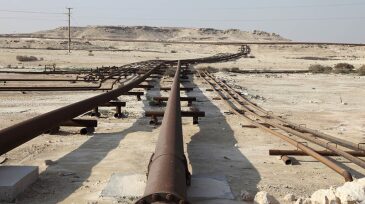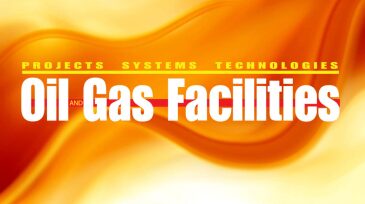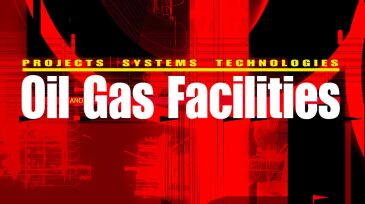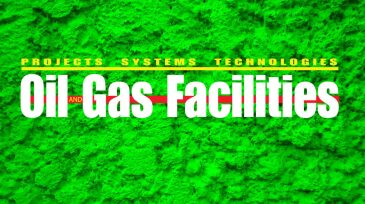pipelines
-
Pipelines play a vital supporting role in the energy supply chain as one of the most efficient modes of hydrocarbon transportation. Unconventional resource development and LNG have set the stage for growth in onshore pipelines.
-
This paper discusses the available methodologies for remediation of a pipeline affected by sand and presents examples where the discussed methodologies have been applied.
-
This paper presents a methodology to estimate the probability of failure of every individual corrosion defect and the residual likelihood of failure of an overall corroded pipeline segment after selected repairs, using structural probabilistic analysis.
-
This paper presents the results of tests conducted to design a fast-breaking gelled fluid for a debris-removal operation in a long, large-diameter subsea pipeline in the Asia Pacific region. where traditional pigging was not an option.
-
This paper shows that viscosity has a significant influence on gas transient flow in pipe- and tank-leakage evaluation. This led to the development of a methodology for more reliable evaluation of gas transient flow.
-
The present work describes the development of a 1D steady-state isothermal reservoir/surface gas-pipeline-network model. The developed model is an extension of the general pipeline-network model in which the deliverability from the wells is calculated.
-
Minimizing HSE Impacts During Design and Construction of a Major Gas Pipeline Through the Baltic SeaDuring the design of two parallel gas pipelines from Russia to Germany through the Baltic Sea, major design changes were made to minimize project impacts, resulting in rapid approval by all five affected countries.
Page 12 of 12







